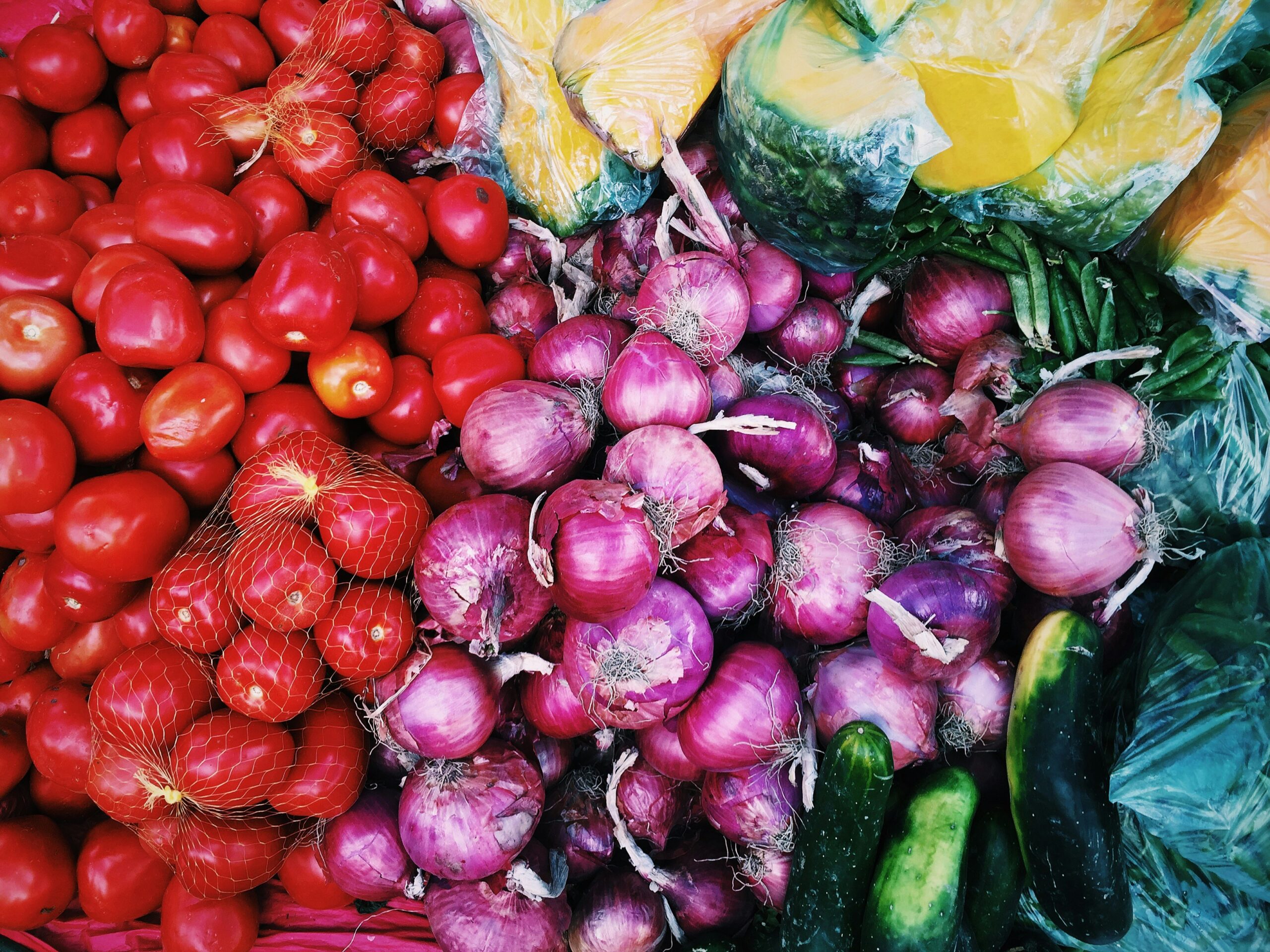As summer draws to a close, I hope you have been able to return–in your heart or otherwise!–to an anchoring habit or comforting place, as we talked about in last month’s Bear Essentials.
Now, as we are preparing to transition to the fall season, I’m shifting gears with the newsletter and starting a series of discussions around metabolic health. I think fall is a perfect time to invest energy into new practices or habits because it’s already a time when we are typically transitioning to new schedules or perhaps new activities in our lives, and the changing colors we begin to see in the foliage outside are gentle reminders that we too change with each passing year.
My current focus in my practice at Osa is the intersection of healthy aging and metabolic health. My hope with this fall’s newsletters is to inform you, my Osa community, about the focus of my work, to inspire you to consider meaningful changes for your metabolic health, and to offer opportunities to engage with Osa beyond the newsletter.
This week we’re considering how the gut microbiome impacts satiety and body composition by discussing glucagon-like peptide-1 (GLP-1), how our body makes this hormone, and strategies to optimize our production. Enjoy!
The gut microbiome and GLP-1
Recently GLP-1 has been receiving a lot of interest in popular culture due to the remarkable effects on obesity and type 2 diabetes that pharmaceuticals which target its receptors (known as GLP-1 receptor agonists and including semaglutide, tirzepatide, and a number of others) have demonstrated. The effects of GLP-1 include feelings of satiety, slowing of gastric emptying, increased insulin production, increased beta-cell proliferation (these are the cells of the pancreas that produce insulin), and–importantly–suppression of glucagon. Suppression of glucagon is perhaps the most significant role of GLP-1 because glucagon’s job is to tell the liver to make glucose when it senses low blood sugar, and it is this hormone which goes haywire in type 2 diabetes, a condition in which the body cannot properly utilize glucose in cells nor can it turn off the liver’s production of glucose, resulting in chronically high blood sugar levels, which are damaging to tissues throughout the body, especially blood vessels.
Largely missing from the discourse, however, is the fact that GLP-1 is a hormone that the body naturally makes in a healthy state of being. It is produced by certain cells of the distal small intestine and proximal large intestine called “L” cells, and–interestingly–its production stimulated by short-chain fatty acids (SCFAs), which are the primary by-products (“metabolites” in science-speak) produced by your gut microbes when they feed on their preferred fuels: fibers and polyphenols¹.
Here are a few evidenced-based ways to promote GLP-1 production:
- Fuel with FIBER
Because we need a well-fed microbiome to produce ample amounts of short-chain fatty acids, it follows that soluble fiber and resistant starch–the “bread and butter” that your gut microbes feed on–can help increase production of GLP-1². - Load up on COLOR
Some beneficial gut microbes–including Akkermansia muciniphila–like to feed on polyphenols, which are found in the vibrant colors of plant foods. Akkermansia in particular are known to feed on polyphenols found in tart, red colored fruits such as cranberry and pomegranate³. - Enjoy your food, slowly!
Chewing food thoroughly is known to lower the postprandial glucose response, and it has also been found that chewing foods 30 times per bite increases GLP-1 secretion in people without metabolic dysfunction. (It should be noted that this study found no significant effect of chewing on GLP-1 secretion in participants with type 2 diabetes)⁴. - Consider Cholagogues
Bile acid, which is produced by the liver, stored in the gallbladder, and released in response to the presence of fat in the intestines, is how the body emulsifies and digests fat, and it is also the pathway for the body to get rid of cholesterol, because cholesterol is a primary component of bile. Bile acid is also known to be an important signaling molecule and is involved with the microbiome’s stimulation of GLP-1 production⁵. Cholagogues are substances which promote bile flow and can be helpful for digestion in general. These include a range of bitters (available as a tincture, such as Swedish bitters), dandelion root, chicory, and artichoke (particularly the leaves). Bitters are typically used just prior to meals. Dandelion root or chicory tea may be enjoyed after a meal. - Prioritize Protein
Protein is associated with satiety and is thus a very helpful macronutrient for people who struggle with hunger and are trying lose weight. One study found that, compared to a carbohydrate-rich drink of the same caloric content, a whey protein drink produced greater satiety and GLP-1 production in a group of female participants with obesity. It is thought that certain amino acids may interact with the L cells that produce GLP-1 in the intestines.⁶
I hope you find this list helpful, and I wish you happy eating and a satisfied belly!
If you enjoyed this blog post, sign up below to receive future news and blog posts from Osa. If there is a topic you’d like me to address or a burning question you have, please reach out and let me know!
Warmly,

References
- Tolhurst, G., Heffron, H., Lam, Y. S., Parker, H. E., Habib, A. M., Diakogiannaki, E., Cameron, J., Grosse, J., Reimann, F., & Gribble, F. M. (2012). Short-chain fatty acids stimulate glucagon-like peptide-1 secretion via the G-protein-coupled receptor FFAR2. Diabetes, 61(2), 364–371. https://doi.org/10.2337/db11-1019 https://pubmed.ncbi.nlm.nih.gov/22190648/
- Joo, E., Muraoka, A., Hamasaki, A., Harada, N., Yamane, S., Kondo, Y., Suzuki, K., Nasteska, D., Shibue, K., Harada, T., Iwasaki, K., Tsuji, H., Shide, K., & Inagaki, N. (2015). Enteral supplementation with glutamine, fiber, and oligosaccharide modulates incretin and glucagon-like peptide-2 secretion. Journal of diabetes investigation, 6(3), 302–308. https://doi.org/10.1111/jdi.12289 https://pubmed.ncbi.nlm.nih.gov/25969715/
- de Paulo Farias, D., de Araújo, F. F., Neri-Numa, I. A., & Pastore, G. M. (2021). Antidiabetic potential of dietary polyphenols: A mechanistic review. Food research international (Ottawa, Ont.), 145, 110383. https://doi.org/10.1016/j.foodres.2021.110383 https://pubmed.ncbi.nlm.nih.gov/34112386/
- Sonoki, K., Iwase, M., Takata, Y., Nakamoto, T., Masaki, C., Hosokawa, R., Murakami, S., Chiwata, K., & Inoue, H. (2013). Effects of thirty-times chewing per bite on secretion of glucagon-like peptide-1 in healthy volunteers and type 2 diabetic patients. Endocrine journal, 60(3), 311–319. https://doi.org/10.1507/endocrj.ej12-0310 https://pubmed.ncbi.nlm.nih.gov/23138354/
- Wang, Q., Lin, H., Shen, C., Zhang, M., Wang, X., Yuan, M., Yuan, M., Jia, S., Cao, Z., Wu, C., Chen, B., Gao, A., Bi, Y., Ning, G., Wang, W., Wang, J., & Liu, R. (2023). Gut microbiota regulates postprandial GLP-1 response via ileal bile acid-TGR5 signaling. Gut microbes, 15(2), 2274124. https://doi.org/10.1080/19490976.2023.2274124 https://pubmed.ncbi.nlm.nih.gov/37942583/
- Rigamonti, A. E., Leoncini, R., De Col, A., Tamini, S., Cicolini, S., Abbruzzese, L., Cella, S. G., & Sartorio, A. (2020). The Appetite-Suppressant and GLP-1-Stimulating Effects of Whey Proteins in Obese Subjects are Associated with Increased Circulating Levels of Specific Amino Acids. Nutrients, 12(3), 775. https://doi.org/10.3390/nu12030775 https://pubmed.ncbi.nlm.nih.gov/32183423/
